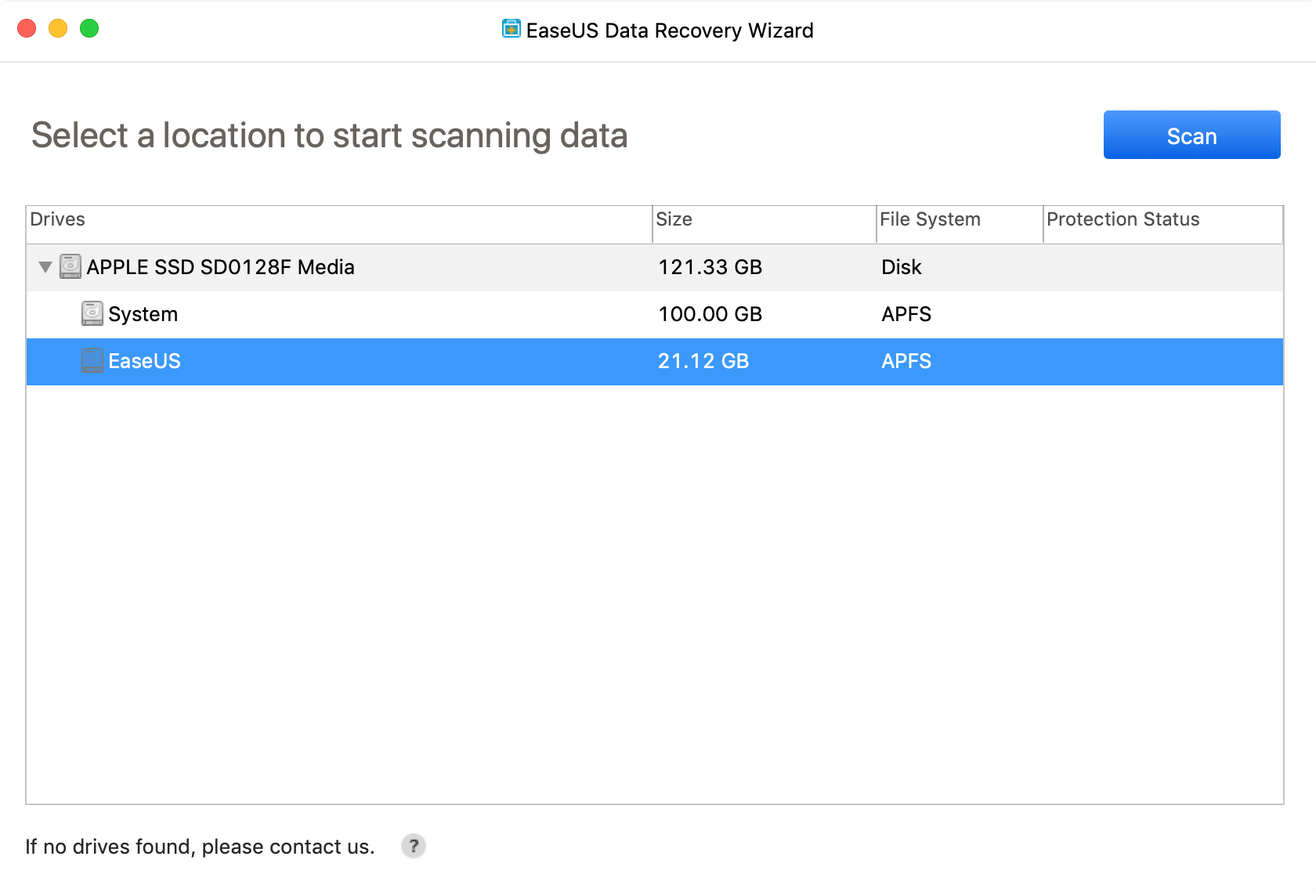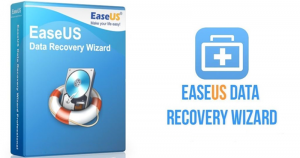Step 1 Download Aiseesoft Data Recovery for Mac. After downloading, install and launch this program on your computer. Click 'Start' on the left side of the interface to enter Mac Data Recovery. Note: For Mac running Mac OS X El Capitan or later, you need to disable System Integrity Protection firstly for using Data Recovery on your Mac. Launch EaseUS ® Data Recovery Wizard ®, please select a location where you lost data from and start to scan. You may specify a file location such as Desktop, Libraries, or Documents or you may select a hard drive, partition, or external storage device to scan. Step 2 Scan Your Computer or Device. If you experience a data loss event while working with your Mac, you may need to employ data recovery software in order to restore some valuable files or data. The protections of the Trash bin may not be enough to save your files. EaseUS Data Recovery Software for Mac is one of your options for use in this type of data loss scenario.
- How To Use Easeus Data Recovery For Mac Torrent
- How To Use Easeus Data Recovery For Macbook Pro
- Easeus For Mac
Screenshot from EaseUS Data Recovery Wizard Free 12.0 running on Windows | |
| Developer(s) | EaseUS |
|---|---|
| Initial release | 1 October 2005; 15 years ago |
| Stable release | |
| Operating system | Windows and macOS |
| Available in | 20 (10 for macOS version)[1] languages |
| Type | Data recovery software |
| License | Free and Paid versions |
| Website | easeus.com/data-recovery-software |


EaseUS Data Recovery Wizard is a data recovery program that utilizes a Wizard (software) user interface to guide users through the data recovery process.[2] There are free[3] and paid versions of the software on both Windows and macOS.[4]

Free version limitations[edit]
The free version searches for and identifies recoverable data but does not recover any files until a license is purchased. It does a 'Quick Scan' producing a file count and data count of 'Deleted Files' (usually small) and an 'Advanced Scan' giving the file/data counts for 'Lost Files' and 'Existing Files'. The 'Recover' button on lower-right highlights when the scan is completed but clicking it prompts the user to pay for an upgrade.
Recovery process[edit]
When data is deleted from storage devices, the references to the data are removed from the directory structure. The space can then be used, or overwritten, with data from other files or computer functions. The deleted data itself is not immediately removed from the physical drive and often exists as a number of disconnected fragments. This data, so long as it is not overwritten, can be recovered.

How To Use Easeus Data Recovery For Mac Torrent
The software scans disks in two different ways, run in succession, to look for lost data: first based on the file directory and the second based on the storage content. The first method scans the file directory and recovers simply deleted or Recycle Bin emptied data, where the file record and associated data content are still intact. The second method searches sector-by-sector through the storage content to recreate files from the data field. This second method takes a much longer time, and does not retain the original file names or folder structure.[5] The discovered data can be filtered to search for particular files, and users may preview files before recovering.
Bootable media can be created, with a USB drive or external drive, to recover data when the OS fails to boot. This utility can only be used to recover data once the computer starts.
References[edit]

How To Use Easeus Data Recovery For Macbook Pro
- ^'How to Use EaseUS Data Recovery Wizard on Mac'. TME.NET. Retrieved 2020-07-03.
- ^'EaseUS Data Recovery Wizard Free'. Download.com. Retrieved 2018-09-17.
- ^'EASEUS Data Recovery Wizard Free Edition'. PCWorld. Retrieved 2018-09-18.
- ^'Recover Deleted Files for Free With EaseUS Data Recovery Wizard'. Lifewire. Retrieved 2018-09-17.
- ^'EaseUS Data Recovery Wizard Pro Review | TechWiser'. techwiser.com. Retrieved 2018-09-17.